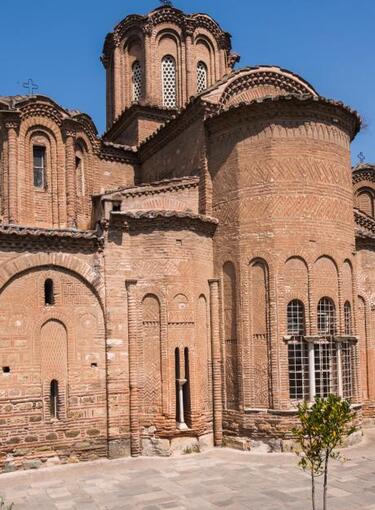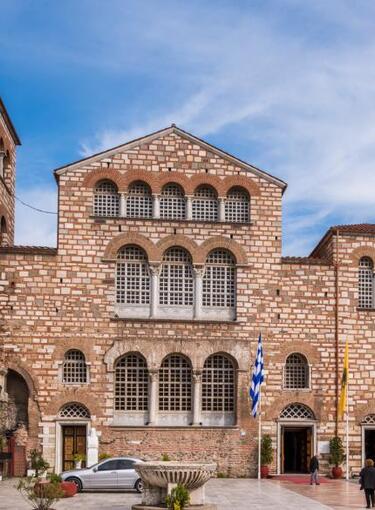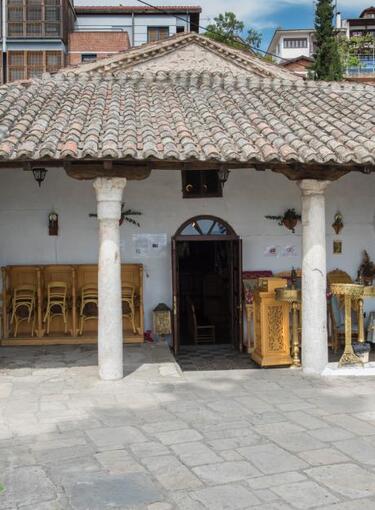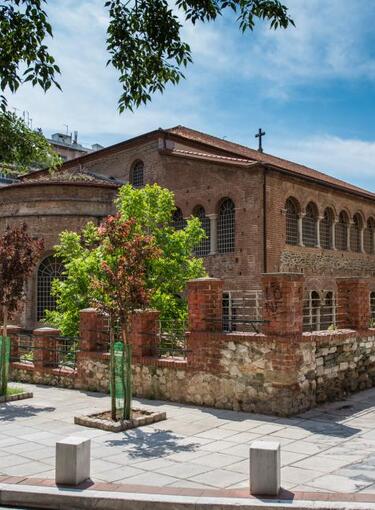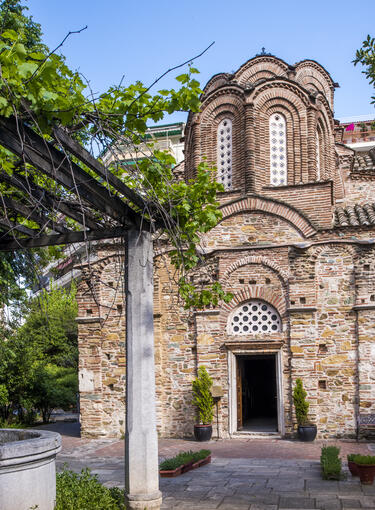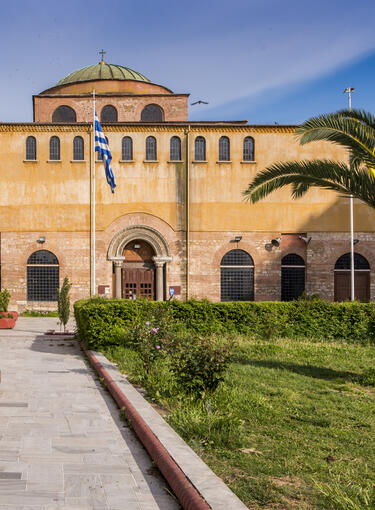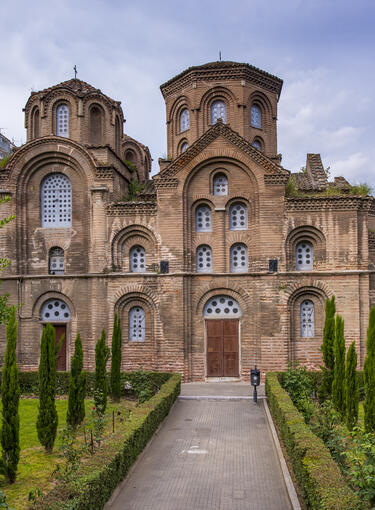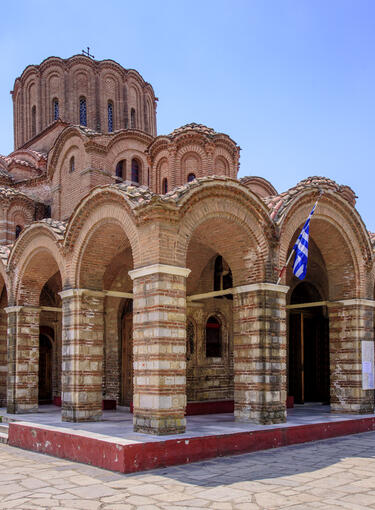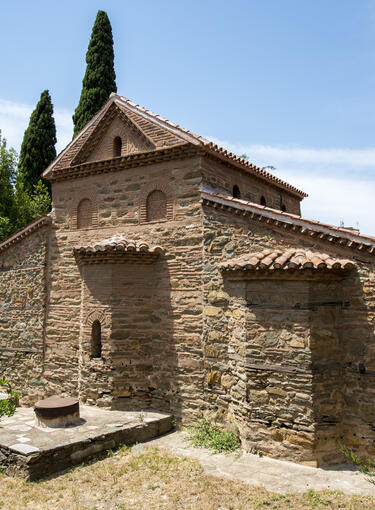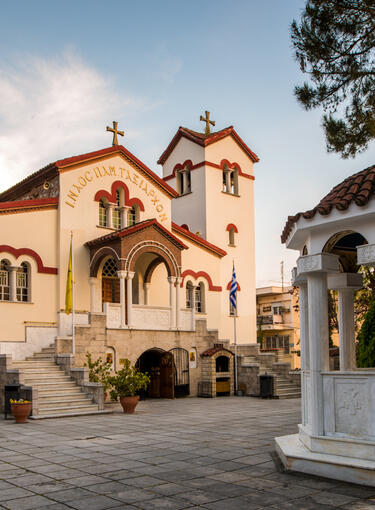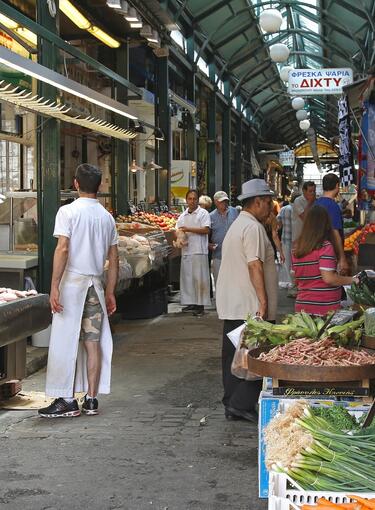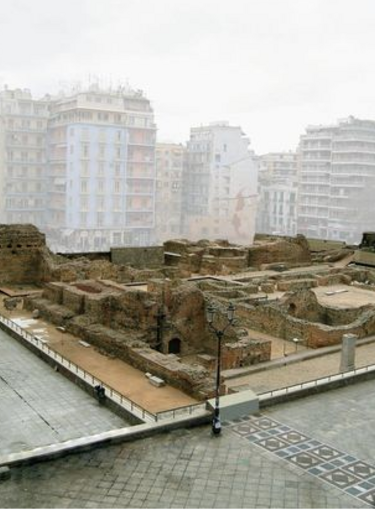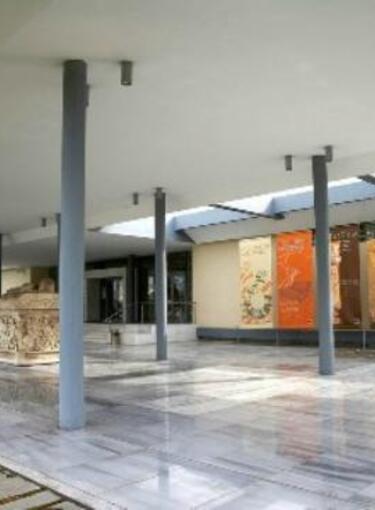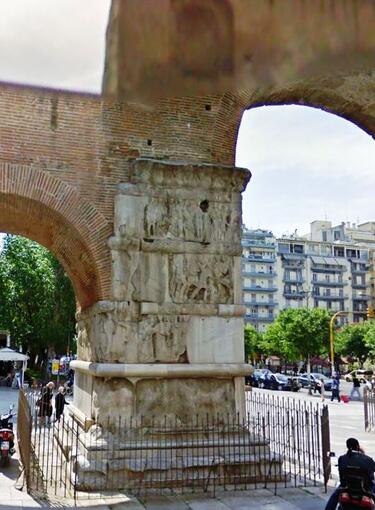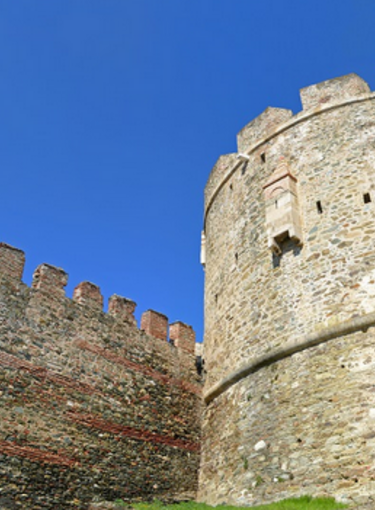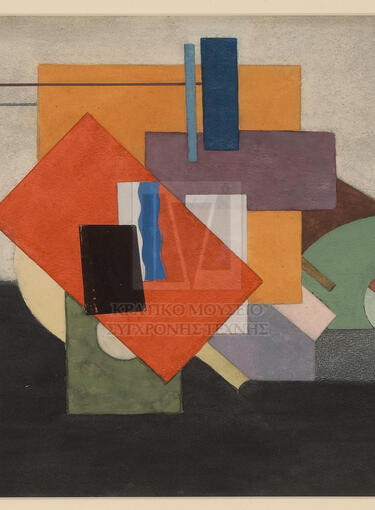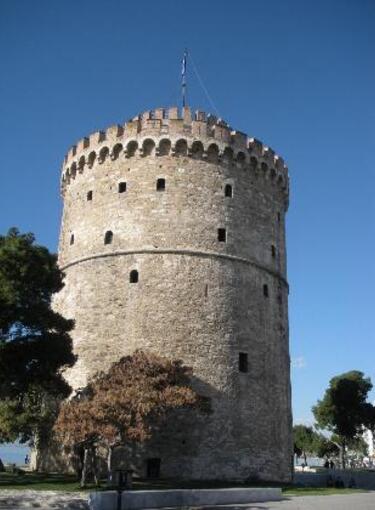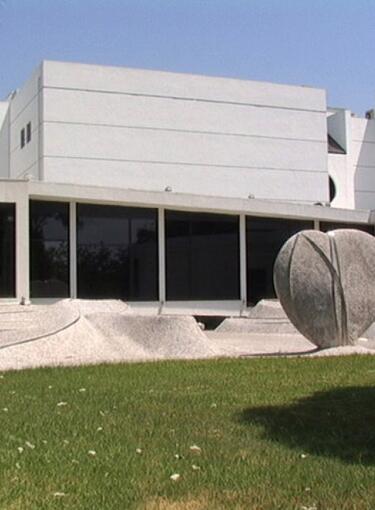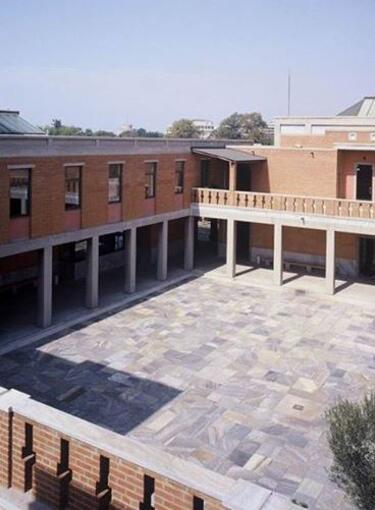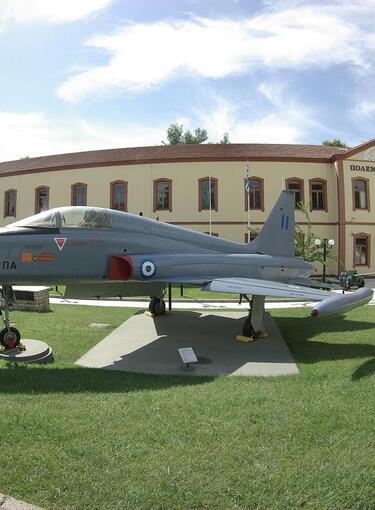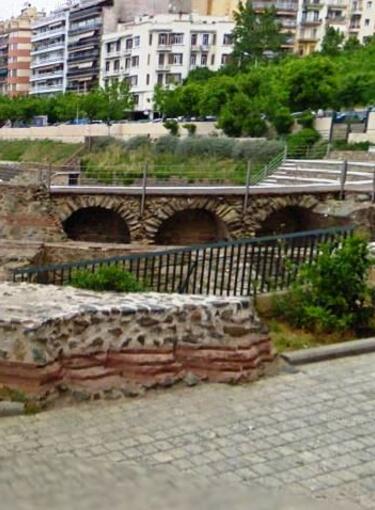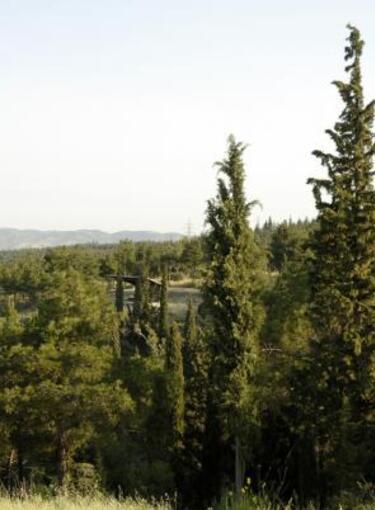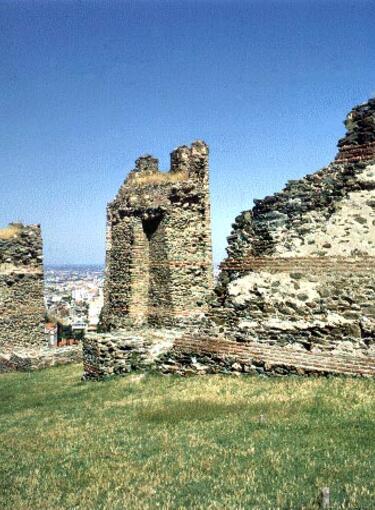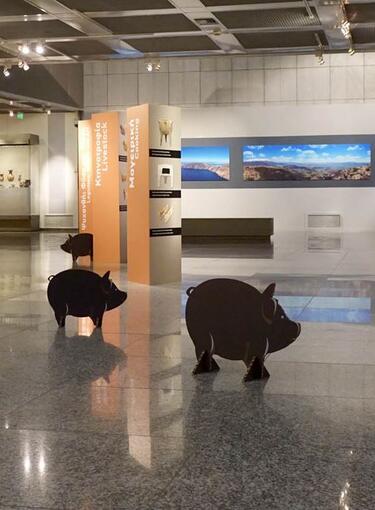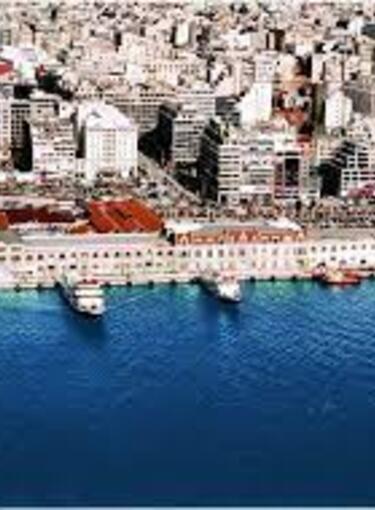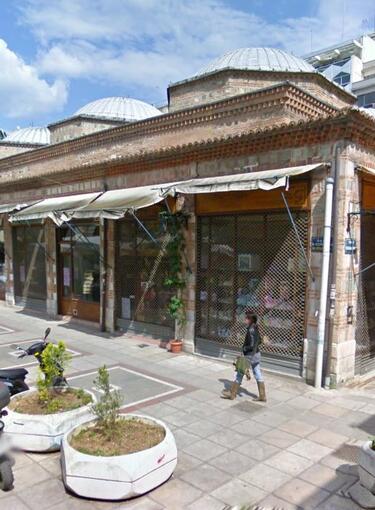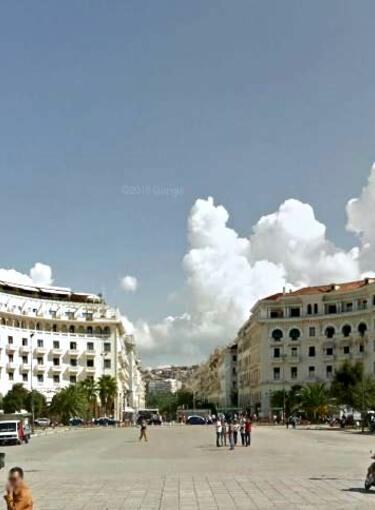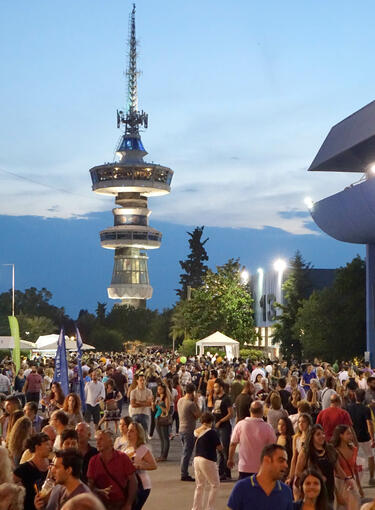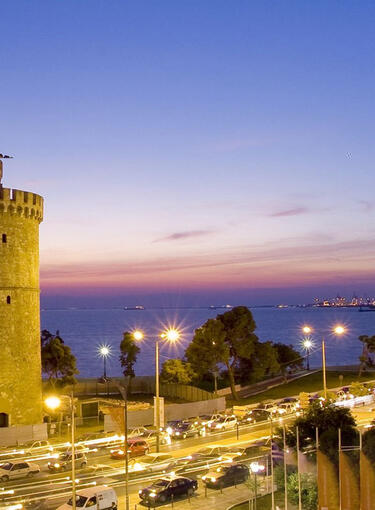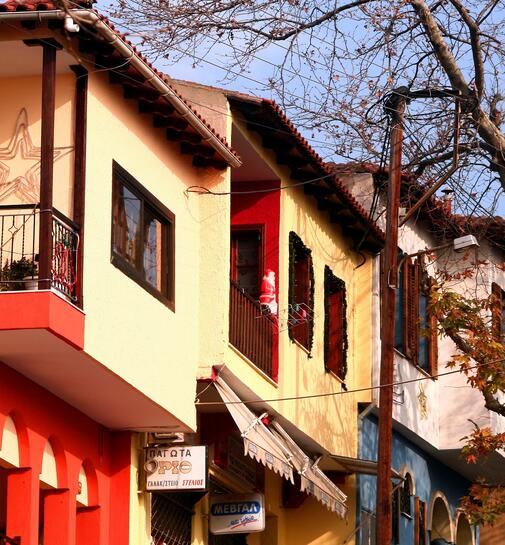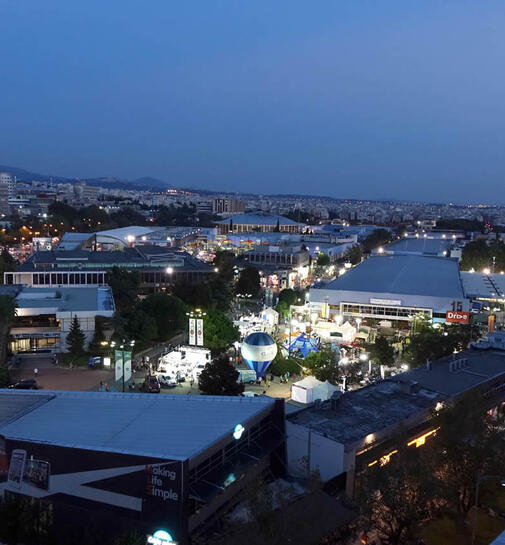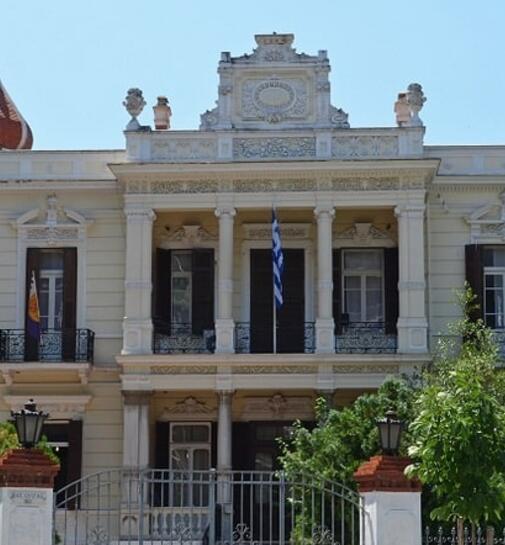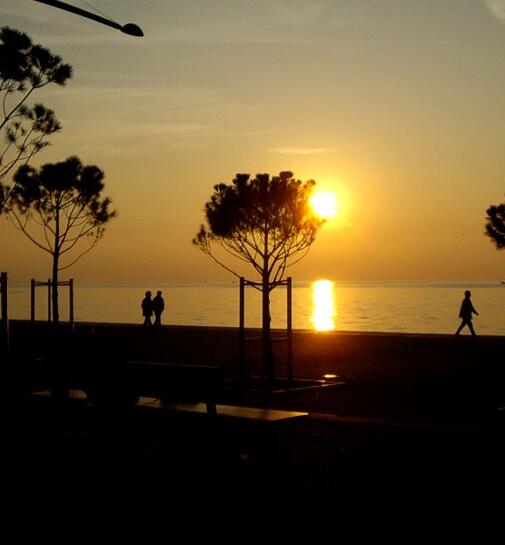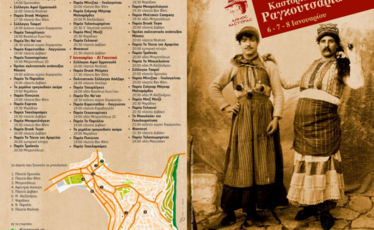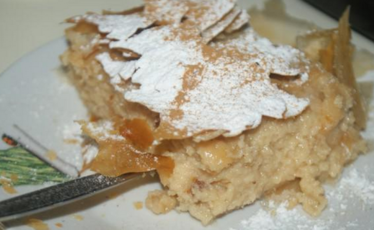Near the walls of the Acropolis, at Ano Poli, is the stauropegic monastery of Vlatadon. The stauropegic monasteries, depending directly on the Ecumenical Patriarchate, are called thus since according to tradition, during their foundation they placed a cross in the area ("stauros” 'cross', and pegnumi 'to affirm").
Its location may provide visitors with a wonderful panoramic view, however when it was founded it was considered a “strategic” location, given the fact that there was the ability to reconnaissance the wider area and the sea.
It is dedicated to the Transfiguration of Christ, while initially to Christ Pantocrator. According to a marble inscription, it was founded by the brothers Dorotheos and Markos Blatis. Dorotheos was a student of Agios Gregory Palamas, leader of the hesychasm movement in the 14th century, and was the Metropolitan of Thessaloniki in the years 1371-1379.
From the initial Byzantine monastery only the catholicon survives today, while the rest of the buildings are modern (1968) and belong to the Patriarchal Institute of Patristic Studies.
In the period of the Turkish Occupation, the monastery was known as “Cavus Monastir”, a name that was probable related to the head of the Turkish garrison. This garrison protected the monastery, since the monks helped sultan Murad II to capture the city, suggesting to him to interrupt its water supply. Another view relates the name with an official of the sultan Murad II, who as a commander of Thessaloniki repaired in 1431 the nearby tower of the entrance of Heptapyrgion.
Architecturally, the catholicon of the monastery belongs to a rare form of the cross-on-square church, whose dome is not supported on columns, but on two pillars on the west and on the walls of altar area on the east. On the three sides it is surrounded by a portico, which ends on the east to two chapels. There were repairs and additions in the 19th and the 20th century.
The wall paintings date from 1360-1380. To this date leads the representation of Agios Gregory Palamas, who died in 1359. This is the oldest representation of the saint, immediately after they declared him a saint. The dome depicts the Pantocrator, while at other spots in the church wall paintings survive with scenes from the Dodekaorton, figures of ascetics, monks and military saints, the Baptism of Christ and fragments from his miracles.
The wood-carved screen probably dates from the 17th century. Unique relics are kept at the sacristy of the Monastery. Among them, sacred vessels, manuscripts and icons, dating from the 12th to the 19th century.
Informations
Addtitional
Date:
middle of the 14th century
Season:
Post-Byzantine
Holy Metropolis:
Thessaloniki
Under the Supervision of:
Archaeological Service of the city of Thessaloniki
Address:
Eptapyrgiou 64 54634
Access:
Car
Parking:
Free








